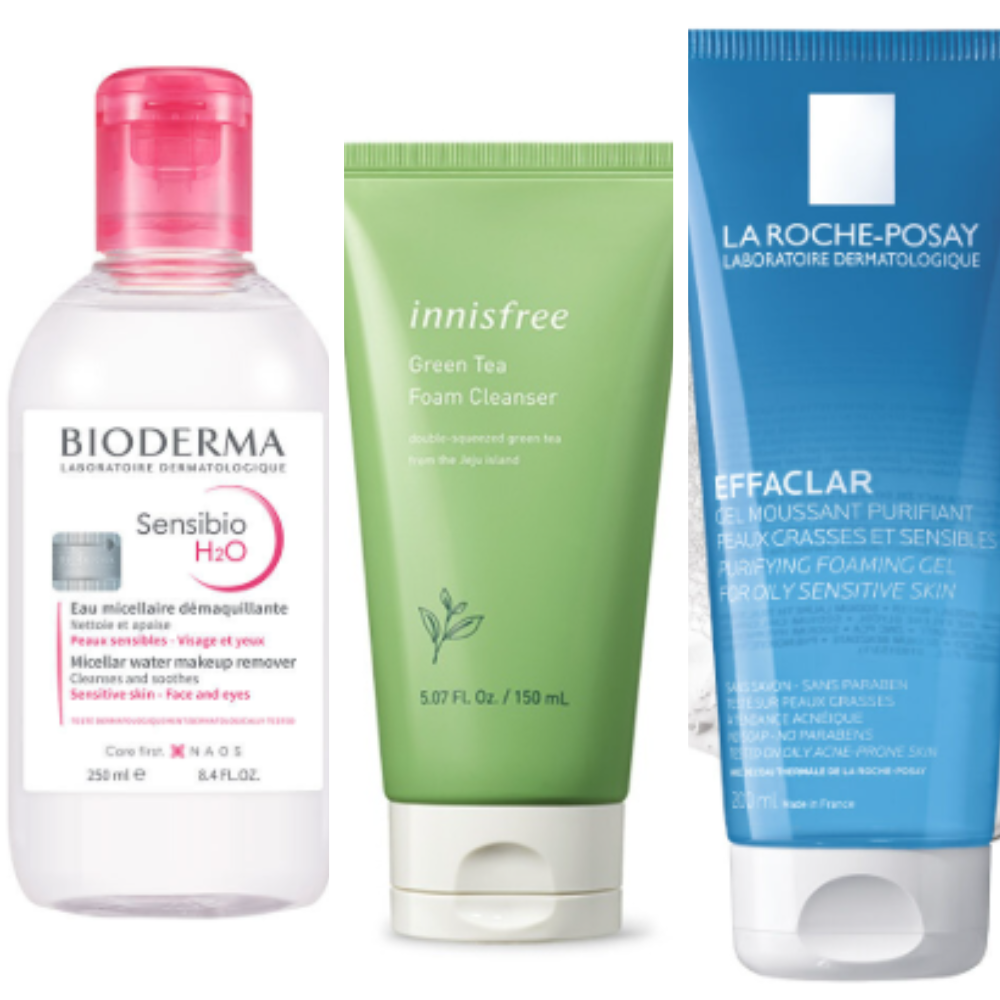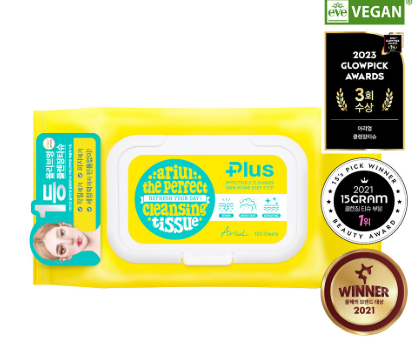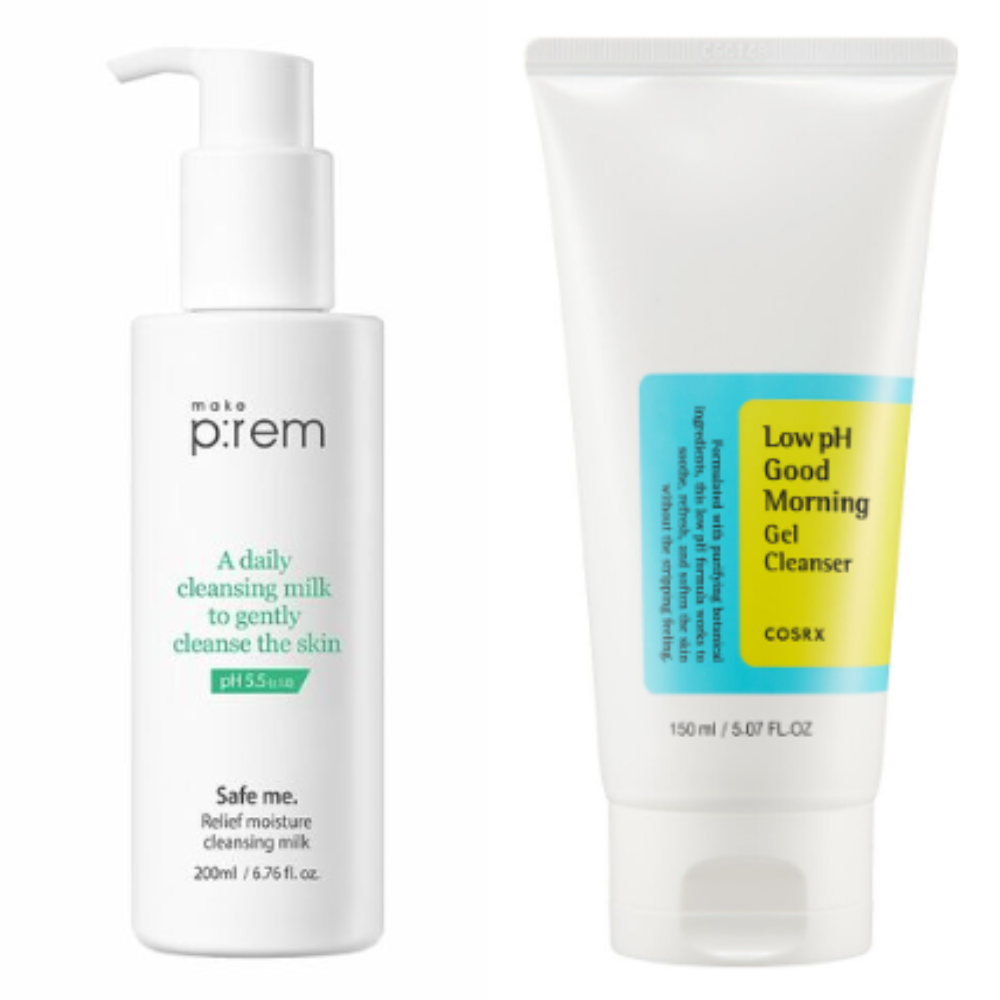
Cleansing used to be simple. If it foamed, it worked. The more bubbles you got, the cleaner your skin felt. Or at least, that is what we believed. For years, Korean cleansers focused on that squeaky-clean finish, often relying on high-pH formulas and strong surfactants. That tight, slightly dry feeling after washing wasn’t a concern. It was a sign you did it right.
But skincare has changed. And so have our standards. Now, if your skin feels stripped or stings after cleansing, that is a red flag, not a win.A modern cleanser does more than just remove dirt. It protects the skin barrier, calms irritation, and supports overall skin health. Korean beauty has led this shift by showing the world that cleansing does not need to be harsh to be effective.
Here’s how K-beauty cleansers have evolved over the last two decades, shaped by product innovation, changing skin concerns, and the voices of everyday users.
Cleansing Foam Trends in the Early 2000s
In the early 2000s, cleansing was all about strong cleansing power and foam. Many believed that the more foam a cleanser produced, the better it worked. Rich and dense lather was considered essential for deep cleansing, so many formulas were packed with powerful surfactants known for their foaming abilities. Sodium Lauryl Sulfate, a strong foaming agent, was widely used.
Most cleansers had a high pH, which often left the skin feeling tight and dry. At the time, this sensation was seen as a sign of cleanliness rather than a problem. Low pH or gentle cleansers were rare, as the focus was on thoroughly stripping the skin to maintain its health.
Cleansers during this era were mostly functional, designed only to remove dirt, oil, and makeup. Added benefits like brightening or soothing effects were minimal, and even when included, the ingredients were simple and limited.
In Korea, brands like Sulwhasoo from Amorepacific and early versions of Missha were still developing their identity in the market. Fragrances were often quite strong, with fresh and invigorating scents being especially popular. Most cleansers came in liquid or powder form, designed to create a rich foam rather than offer creamy or gel-like textures. The idea of using an oil cleanser followed by a foam cleanser started gaining attention but had not yet gone mainstream.
(Note: I originally wanted to include product visuals and brand examples from this period, but many have been discontinued or reformulated, so it was difficult to find original images.)
The 2010s : A Period of Major Change
In the 2010s, the industry began to shift toward gentle, low pH cleansers. Formulas that were closer to the skin’s natural pH became more common, with mildly acidic cleansers around pH 5.5 gaining popularity. Brands like Atopalm, La Roche Posay, and Cetaphil became known for their gentle and skin friendly cleansers.
By this time, the double cleansing method had gone mainstream. Oil cleansers became essential for breaking down makeup and excess sebum, followed by a foam cleanser to finish the process. Bioderma, Clio, and Shiseido oils were among the most widely used.
Cleanser formats expanded well beyond foam. Gels, creams, mousses, and cleansing waters emerged to meet different skin needs. Gel cleansers for oily skin and cream cleansers for dry skin became especially popular.
Micellar waters gained traction for their convenience and gentle cleansing power, with wipes becoming a go to option for on the go users. Bestsellers included Bioderma Sensibio H2O and La Roche Posay Micellar Water.
Cleansers began including ingredients with added skincare benefits, such as hydration, calming, brightening, and antioxidant properties. The idea of a cleanser that cared for the skin while cleansing became more widespread.
As K-Beauty gained global recognition in the mid 2010s, demand for plant based and gentle formulations increased. Innisfree, Laneige, Hera, and The Face Shop led the trend with natural ingredient based cleansers.
Some of the most popular cleansers from this time included Bioderma Sensibio H2O, Innisfree Green Tea Foam Cleanser, and La Roche Posay Effaclar Gel.

✔A More Detailed Timeline
● 2010–2013: Mildly acidic and oil cleansers grew in popularity. The concept of double cleansing gained traction as oil cleansers helped dissolve makeup.
● 2013–2016: Cleansing waters and wipes became trendy for quick, gentle cleansing. Bioderma Sensibio H2O, in particular, saw global popularity.
● 2016–2019: Consumers looked for gentler ingredients and more diverse textures. The K-Beauty boom brought more natural and mild cleansing options tailored to different skin types.
By this point, oil cleansers and mildly acidic foams had become staples, while micellar waters and wipes served as convenient supplemental options.

The 2020s and What’s Happening Now
Now in the 2020s, low irritation, mildly acidic cleansers are the new standard, typically with a pH of around 5.5. Many of these cleansers include hydrating ingredients like ceramides, panthenol, and hyaluronic acid to support the skin barrier and prevent irritation.
Gentle, nourishing formulas are favored over harsh cleansers. Cleansing balms, creams, and milks have become go to options, often replacing traditional oils with lighter, more hydrating textures.
Some cleansers now offer moisturizing, calming, or exfoliating effects in one step, catering to consumers who want shorter routines. These are especially popular among clean beauty and dermatological brands.
There is growing demand for natural ingredients, vegan certification, cruelty free testing, and environmentally friendly packaging. Brands are developing products with refillable options and safer, cleaner formulas.
Today’s foam cleansers include airy mousses, soft gels, and transparent jelly textures, each designed to match a specific skin type or concern.
Formulas are now developed to support healthy skin microbiota. These products help maintain the skin’s microbial balance rather than stripping it away.
Popular products today include the COSRX Low pH Good Morning Gel Cleanser and Make P:rem Cleansing Milk.

Looking Ahead
The evolution of Korean cleansers shows just how far skincare has come. What once was a one-size-fits-all foam has turned into a carefully curated ritual tailored to your skin’s needs.
If your current cleanser still leaves your skin dry or irritated, maybe it’s time to ask yourself whether you are cleansing with care or just going through the motions.
From silky milks to refreshing gels to powerful balms, there is now a K-Beauty cleanser that fits not just your skin, but also your values and lifestyle.
So, which one feels just right for your skin today?
 0Comments
0Comments